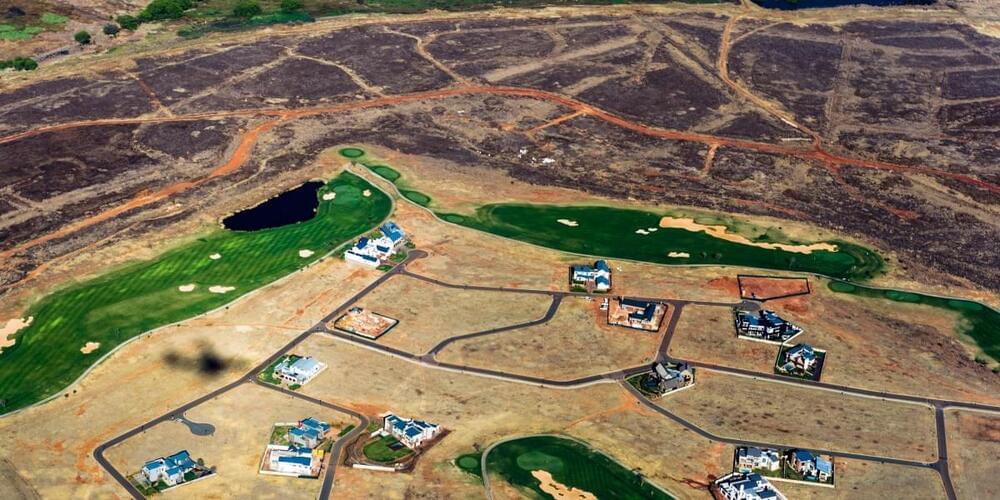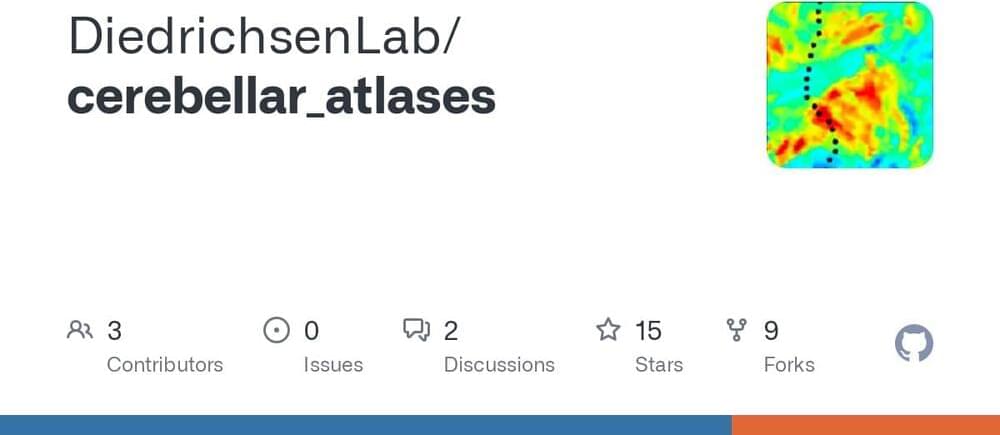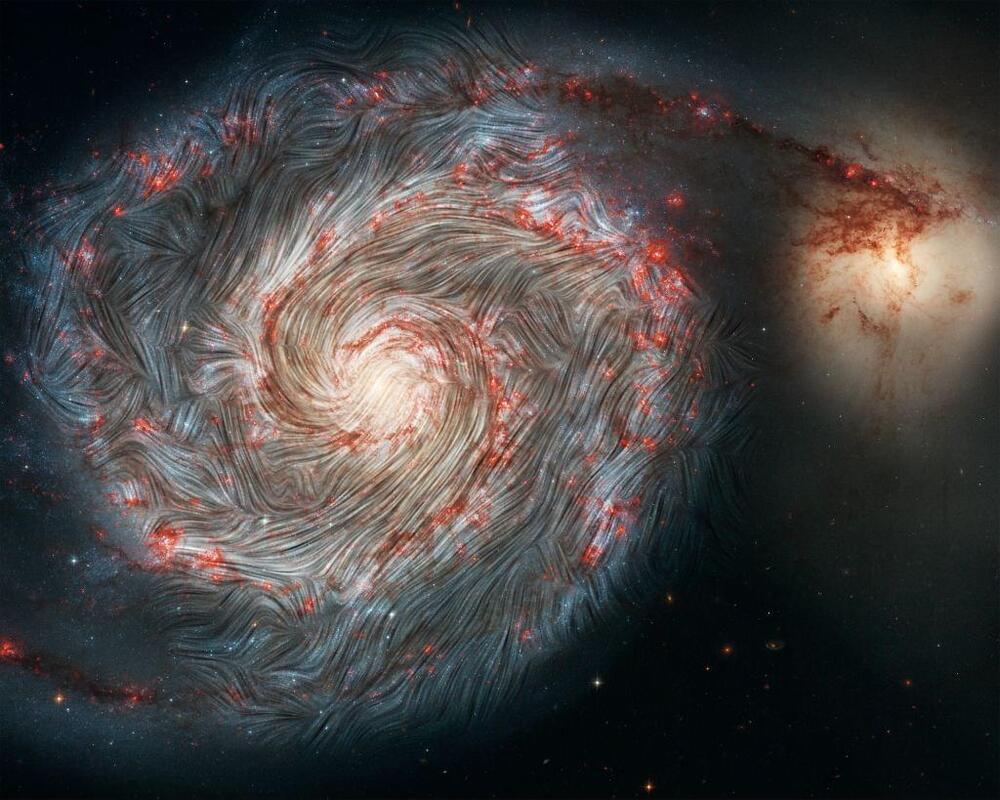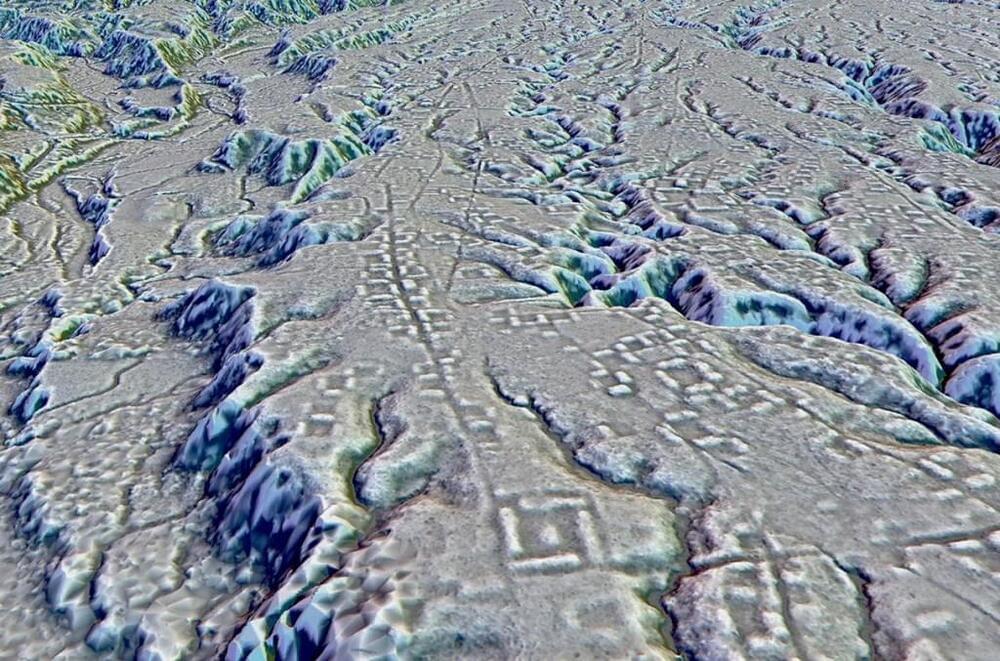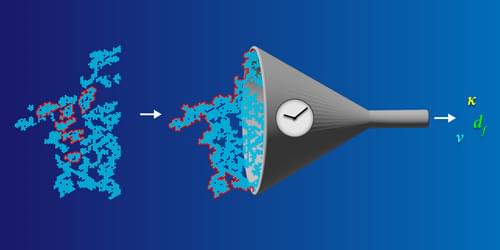Over ten years ago, the Dark Energy Survey (DES) began mapping the universe to find evidence that could help us understand the nature of the mysterious phenomenon known as dark energy. I’m one of more than 100 contributing scientists that have helped produce the final DES measurement, which has just been released at the 243rd American Astronomical Society meeting in New Orleans.
Dark energy is estimated to make up nearly 70% of the observable universe, yet we still don’t understand what it is. While its nature remains mysterious, the impact of dark energy is felt on grand scales. Its primary effect is to drive the accelerating expansion of the universe.
The announcement in New Orleans may take us closer to a better understanding of this form of energy. Among other things, it gives us the opportunity to test our observations against an idea called the cosmological constant that was introduced by Albert Einstein in 1917 as a way of counteracting the effects of gravity in his equations to achieve a universe that was neither expanding nor contracting. Einstein later removed it from his calculations.


